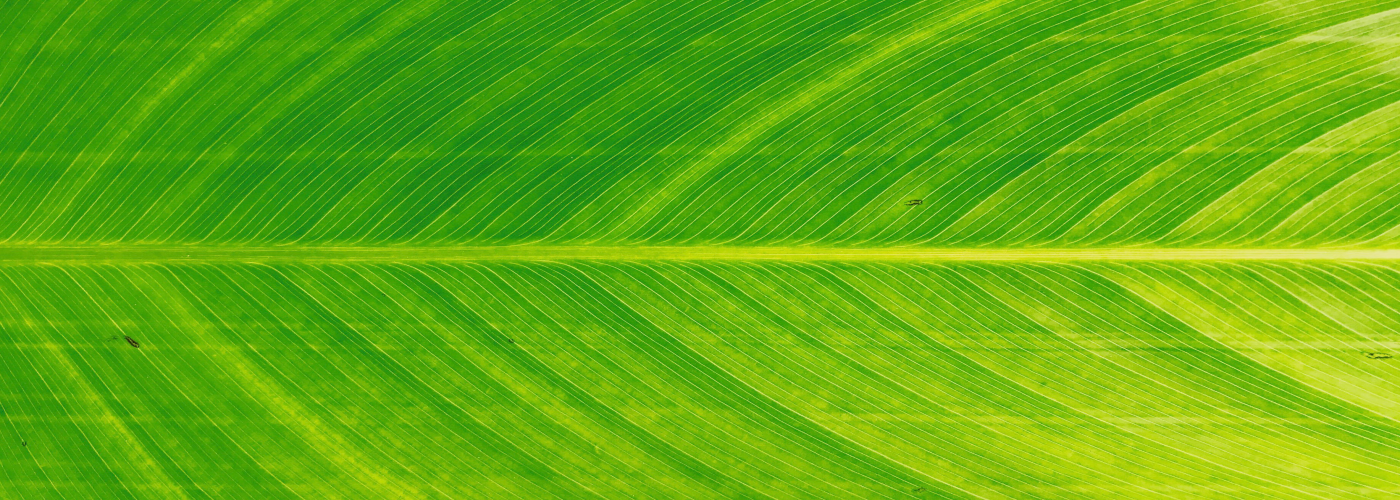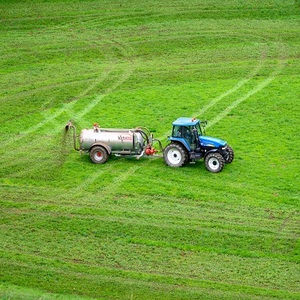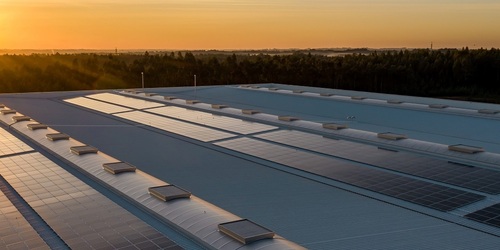

It’s a process that has sustained plant life on Earth for hundreds of millions of years. Photosynthesis, the process which plants use to turn light energy, carbon dioxide, and water into oxygen and sugars, is now being employed by researchers at the University of Cambridge to produce syngas – an important gas used in industry to produce such products as fuels, plastics, fertilizers, and pharmaceuticals. Even more impressive, the photosynthesis is being carried out by a device called a bionic, or artificial, leaf.
The artificial leaf is made up of light absorbing molecules made of perovskite as well as a cobalt catalyst. The perovskite is much more efficient at producing an electrical current from light energy than the silicon used in traditional solar panels. Cobalt, as a catalyst, is also an improvement on earlier designs which used rarer, more expensive, and less efficient catalysts such as platinum or silver.
As the artificial leaf is placed under water, one layer of light absorbing material, aided by the catalyst, produces oxygen, while another turns carbon dioxide and water into carbon monoxide and hydrogen, forming syngas.
Previously, artificial leaves were used mainly in the production of hydrogen gas, however with the change in catalyst and light absorbing materials used in this latest iteration of the technology, syngas is now able to be produced. Furthermore, by producing syngas using this artificial photosynthesis technique, carbon dioxide is no longer released as a byproduct, as it is currently when industrial syngas is produced.
In the future, aside from simply producing syngas, which is merely a building block to producing liquid fuels, the research team hopes to find a way to produce a liquid synthetic fuel directly. This would provide a more sustainable supply of fuel for the shipping, aviation, and heavy transport industries, where liquid fuel will still be in high demand well into the future.






